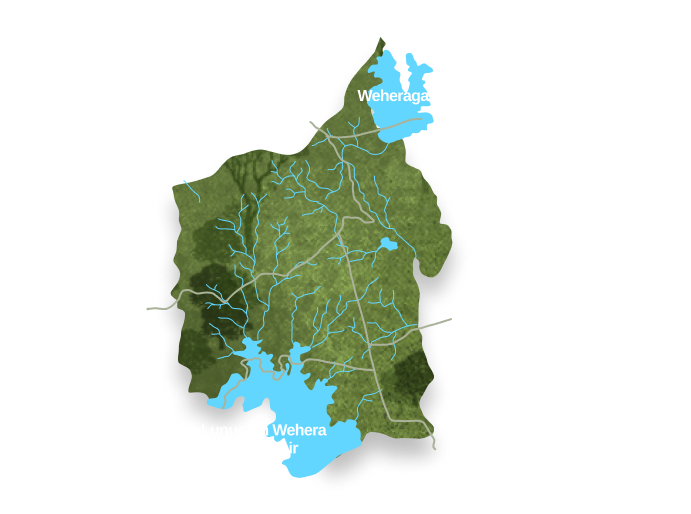Between the iconic wilderness giants of Yala and Udawalawe lies a quieter treasure: Lunugamvehera National Park, a sanctuary shaped by water and wandering herds. Declared in 1995 to protect the Lunugamvehera Reservoir and its surrounding catchment, this park plays a critical ecological role as both lifeline and corridor. It nourishes the wetland ecosystems downstream, including Bundala, and forms a key migratory link for elephants moving freely between larger parks.
But Lunugamvehera is more than a passage; it is a destination in its own right. With serene tanks, seasonal wetlands, and dry forests echoing with bird calls, this lesser-visited park offers rich rewards for those who seek the untamed in stillness.






A Quiet Wild Between Giants
Lunugamvehera may lie in the shadows of its more famous neighbours, but its importance runs deep. As a keystone catchment for the Lunugamvehera Reservoir, the park feeds a delicate chain of ecosystems stretching through the Kirindi Oya basin to the coastal wetlands of Bundala. It also stands as a vital corridor through which elephants move with the rhythm of seasons, uniting the dry forests of Yala with the grasslands of Udawalawe.
This is a park sculpted by extremes: dry, golden plains give way to glistening water bodies, and in their margins thrive herons, ibis, painted storks, and the watchful eyes of crocodiles. The diversity is astounding: 43 species of mammals, over 180 species of birds, and rare amphibians like Bufo atukoralei and Fejervarya pulla found only in Sri Lanka’s forests.
What to Expect in Lunugamvehera National Park
Expect still water framed by dry bushland, and quiet trails where wildlife appears not in crowds, but as solitary, magical encounters. Herds of elephants may emerge from the trees to bathe, while pelicans and openbills glide over shimmering reservoirs. You might glimpse a sambar deer standing motionless in the morning haze, or hear the rustle of a civet among the underbrush.
Lunugamvehera is a park for the thoughtful explorer, for those who understand that in the wild, silence often speaks the loudest.